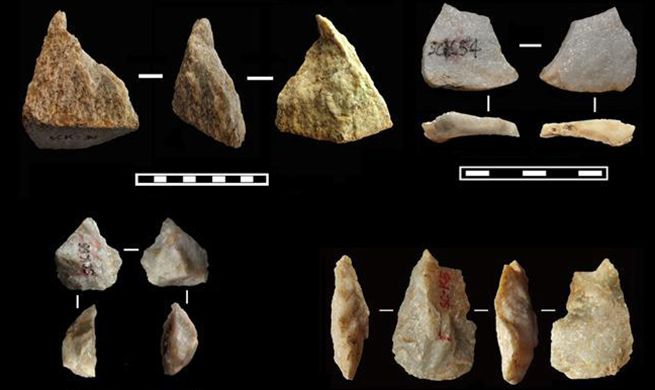CHICAGO, July 14 (Xinhua) -- A study of Northwestern University (NU) has identified a trigger of some fibrotic diseases and an experimental compound to treat it.
Researchers at NU have discovered a delinquent gang of molecules that continually shouted at an immune receptor, the antennae on the cell, to produce scar tissue instead of quieting down and allowing the scar tissue to go back to sleep.
Then in collaboration with a University of Colorado researcher, they used crystallography and computer modeling to predict a molecule that could block the receptor that leads to the uncontrolled scarring. When they tested the molecule T53 in three different mouse models of fibrosis, the abnormality was significantly reversed.
"Our study opens a new door into fibrosis by looking at it as an aberrant innate immune response and suggesting a novel approach to treat it," said senior author John Varga, director of the NU Scleroderma Program and professor of rheumatology at NU Feinberg School of Medicine.
Not everyone's fibrosis is caused by the same abnormality, Varga said. If the compound, T53, is eventually developed into an approved drug, it would be targeted to patients with the specific genetic signature identified in the study.
Fibrosis, a progressive scarring and hardening of internal organs, is estimated to cause 35 to 40 percent of deaths in the world. Fibrotic diseases, including diabetic kidney fibrosis, alcoholic liver cirrhosis, hepatitis C, pulmonary fibrosis and nonalcoholic fatty liver disease, which may lead to fibrosis of the liver, the leading cause of liver transplant.
"There is an emerging direction for treating fibrosis with precision medicine," said first author Swati Bhattacharyya, research associate professor of medicine in rheumatology and scientific director of the Scleroderma Research Laboratory at Feinberg. "Some people live with fibrotic disease for 30 years while others die in two years. We need to identify the rapid progressors from the slow progressors. That's where precision medicine becomes really critical."
The paper was published July 12 in the Journal of Clinical Investigation Insight.

















